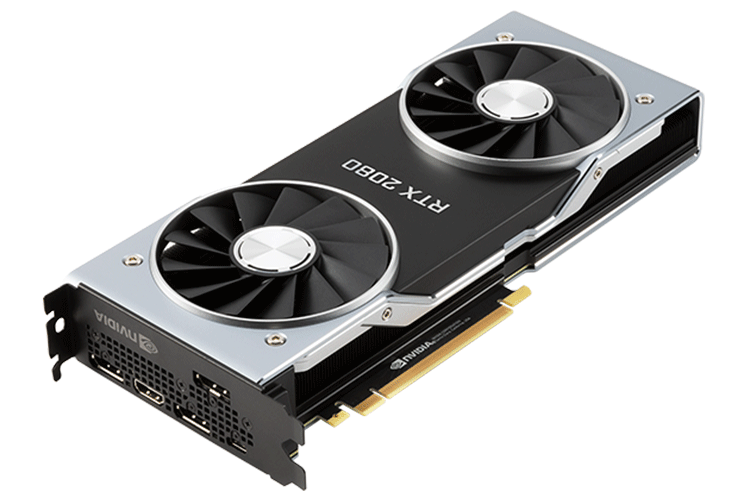
If you missed it, Nvidia announced its next-gen graphics cards at Gamescom 2018 last night. And while the big news is a the huge leap in performance, Nvidia is focussing on the real-time ray tracing as one of the key highlights of the new GeForce RTX 2080Ti, 2080 and 2070 GPUs.
But what exactly is ray tracing? As we all know graphics in video games have come a long way. However, the expectations of gamers from a game’s graphics have also grown exponentially. These days, gamers demand greater visual fidelity and realism in games. That’s where ray tracing comes in.
What is Ray Tracing?
Simply put, ray tracing leverages powerful GPUs to make changes to the visuals based on a number of factors. Ray-tracing is a method of calculating 3D scenes which mimics how humans see the world, or more specifically, how the light in our world interacts with elements.
As Nvidia’s website says:
“Ray tracing is the definitive solution for lifelike lighting, reflections, and shadows, offering a level of realism far beyond what’s possible using traditional rendering techniques. Turing is the first GPU capable of real-time ray tracing.”
We will get to real-time ray tracing later, but it’s worth knowing that ray tracing has been around for years – as long as 3D rendering itself – and works by calculating beams of light from a source to its destination and how that beam bounces off, permeates through or is occluded by, objects in a scene. This allows graphics artists to create a more realistic looking scene (think sunlight streaming in through a cracked window).
Given enough time and computational power, computer generated scenes can be indistinguishable from reality (or virtual reality), which is the advantage that Nvidia is emphasizing on with its new chips.
Real-time Ray Tracing
“Turing opens up a new golden age of gaming, with realism only possible with ray tracing, which most people thought was still a decade away,” said Jensen Huang, founder and CEO of NVIDIA, said at the announcement last night.
“The breakthrough is a hybrid rendering model that boosts today’s computer graphics with the addition of lightning-fast ray-tracing acceleration and AI. RTX is going to define a new look for computer graphics. Once you see an RTX game, you can’t go back,” he added.
It was only a matter of time that graphics cards became capable of real-time ray tracing to bring a level of fidelity that’s as yet unseen in video games. We can expect more and more AAA titles to feature realistic graphics, with accurate representations of lighting conditions along with better sharpness. It’s particularly conducive for virtual reality environments, which can mimic real-world objects to a virtually indistinguishable degree.
This is ray tracing in action with the new GeForce RTX cards, as shown by Nvidia.
AMD too is working on making ray tracing a focal point of its card development going forward. At GDC 208, the company announced that it is collaborating with Microsoft to help define, refine and support the future of DirectX 12 and ray tracing. AMD will be working with game developers to explore ideas and get feedback related to PC-based ray tracing techniques for image quality, visual effects and performance.
Ray tracing certainly promises to bridge the gap between reality and virtual reality, which is why Nvidia’s graphics cards are such a big deal. But that also means they are a lot more expensive than one would have hoped.
The Nvidia “Founders Edition” versions start at $599 for the 2070, $799 for the RTX 2080 and $1,199 for the RTX 2080 Ti. Manufacturer cards will start at $499, which is still quite a lot to pay for ray-tracing and the Turing architecture. It remains to be seen whether these prices and the fact that only major new games will have support for this technology, means it’s a risk Nvidia is taking. Find out more about the technology here.